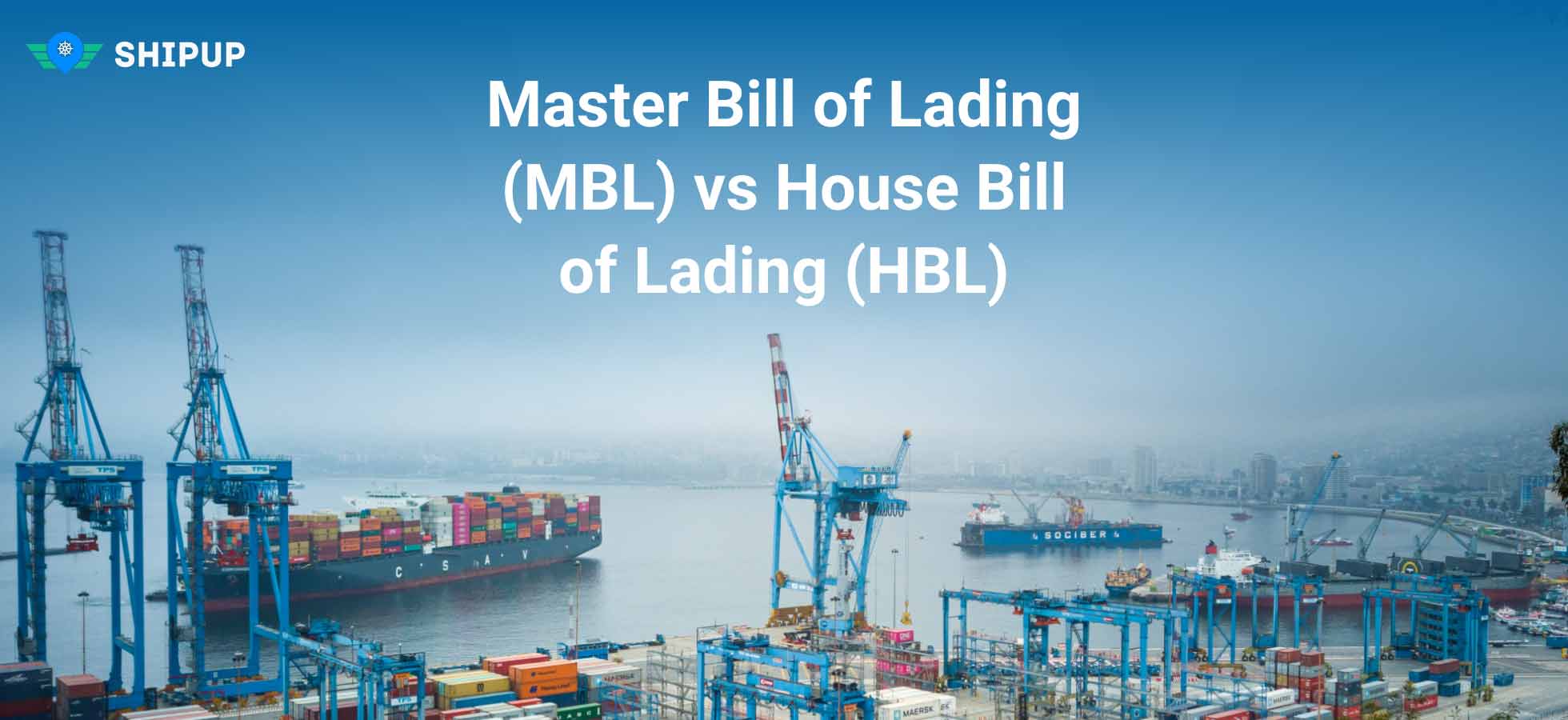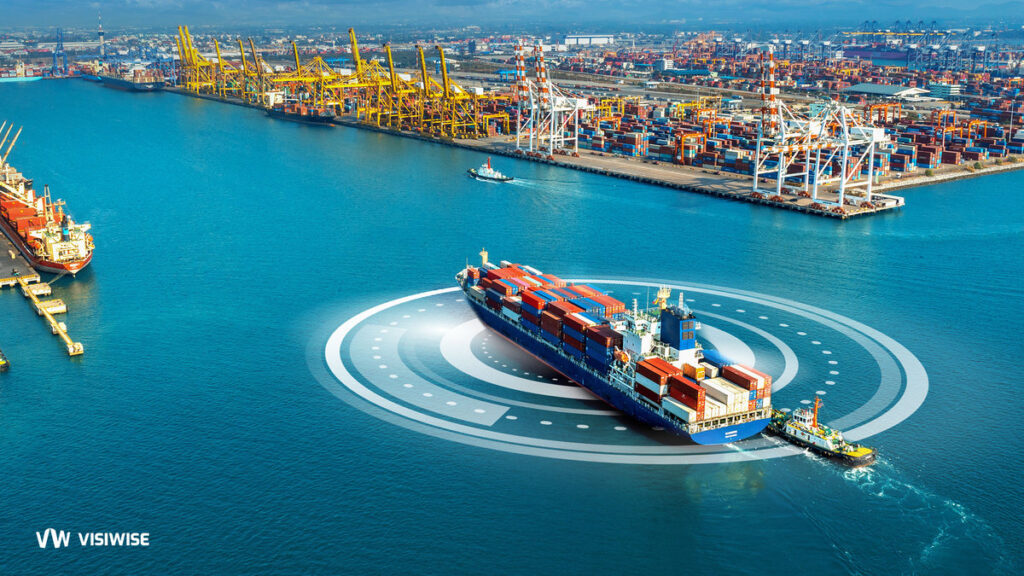When it comes to logistics, there are a lot of abbreviations and code names for those who know the workflow of this industry. Some of these names can be misunderstood, and that is the beginning of problems for communications. Visiwise Dashboard lets you track your shipments by the bill of lading, as well as container number and vessel name. But, what is a bill of lading? What about HBL and MBL? How to track with MBL and HBL?
What is the Bill of Lading
A bill of lading is a document that details the terms and conditions of the transport of goods by sea. There are two types of bills of lading: a House Bill of Lading (HBL) and a Master Bill of Lading (MBL). Each type has its own specific uses in ocean freight shipping. In this article, we’ll explain the difference between an HBL and an MBL and when you should use each one.
House Bill of Lading or HBL
A House Bill of Lading (HBL) is a document that establishes the terms of a contract between a shipper and a transportation company. It serves as a receipt for the goods being shipped and also outlines the responsibilities of both the shipper and the carrier.
Master Bill of Lading or MBL
A Master Bill of Lading (MBL) describes the terms of the agreement between a shipper and freight forwarder. It functions as a statement for the products being sent as shipments and defines the shipper’s and freight forwarder’s duties in their contract.
HBL or MBL ?
HBLs are issued by NVOCCs (or freight forwarders) and generally state who the actual shipper and receiver are, while MBLs are issued by the carrier. Similarly, the House Bill of Lading and the Master Bill of Lading both include accurate and thorough shipment information (seal numbers, weights, measurements, etc.). It’s also important to keep in mind that the only variations in HBL and MBL are the shipper, consignee, and notify party.
Regardless of the ship, the bill of lading outlines the actions of the various parties involved in the shipment and instructs cargo operators where the container is going, how the items should be managed, what the item number should be, and how it would be paid.
When shipping goods by ocean freight, you will need to use either an HBL or an MBL. The type of bill of lading you use will depend on the arrangement you have with your freight forwarder. If you have arranged for the freight forwarder to handle all aspects of the shipping process, then you will need to use an MBL. If you are handling the shipping process yourself, then you will need to use an HBL.
HBL vs. MBL, Which One to Use?
It is important to note that an MBL does not replace an HBL; it simply outlines the different roles and responsibilities of the shipper, freight forwarder, and carrier. In other words, the bill of lading is what you use for yourself and your own company. The number is self-made, and you use it in your internal system of shipment management. Instead, a master bill of lading is what you use everywhere, and when you use it for tracking and future follow-up, it is usable in seamless platforms.
In conclusion, the type of bill of lading you use will depend on your arrangement with your freight forwarder. If you have arranged for the freight forwarder to handle all aspects of the shipping process, then you will need to use an MBL. If you are handling the shipping process yourself, then you will need to use an HBL.
Shipment Tracking with MBL on Visiwise
It is very easy to understand that you can not track your shipment using HBL. Why? Because the number is made by by each particular company and is based on internal method of coding. But! Happily, you can simply use the MBL tracking on Visiwise and track your shipment with all the accurate data about it. If you want to see what Visiwise Dashboard can offer you when you use MBL, sign up for free and see around your dashboard.
What If You Want to Track with HBL?
Although tracking your shipments with HBL is a challenge, still you can track your container on Visiwise Dashboard when you don’t have the MBL number. for hbl tracking On Visiwise Dashboard, you are able to monitor and track your containers using the container tracking system. Easily enter the container number, choose the shipping line and add your shipment to the Shipment List, where you can handle everything and see the most accurate data.

